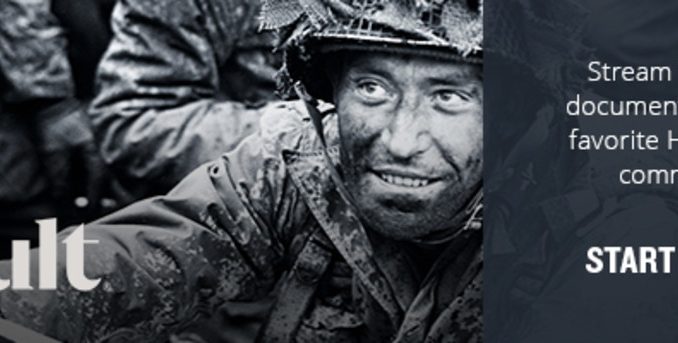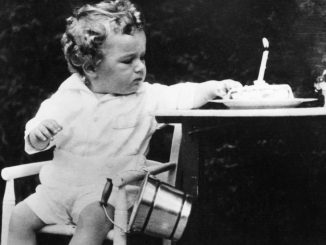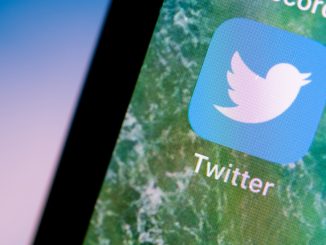
In what later became known as Victory Day, an official announcement of Japan’s unconditional surrender to the Allies is made public to the world on August 14, 1945.
Even though Japan’s War Council, urged by Emperor Hirohito, had already submitted a formal declaration of surrender to the Allies, via ambassadors, on August 10, fighting continued between the Japanese and the Soviets in Manchuria and between the Japanese and the United States in the South Pacific. In fact, two days after the Council agreed to surrender, a Japanese submarine attacked the Oak Hill, an American landing ship, and the Thomas F. Nickel, an American destroyer, both east of Okinawa.











Be the first to comment